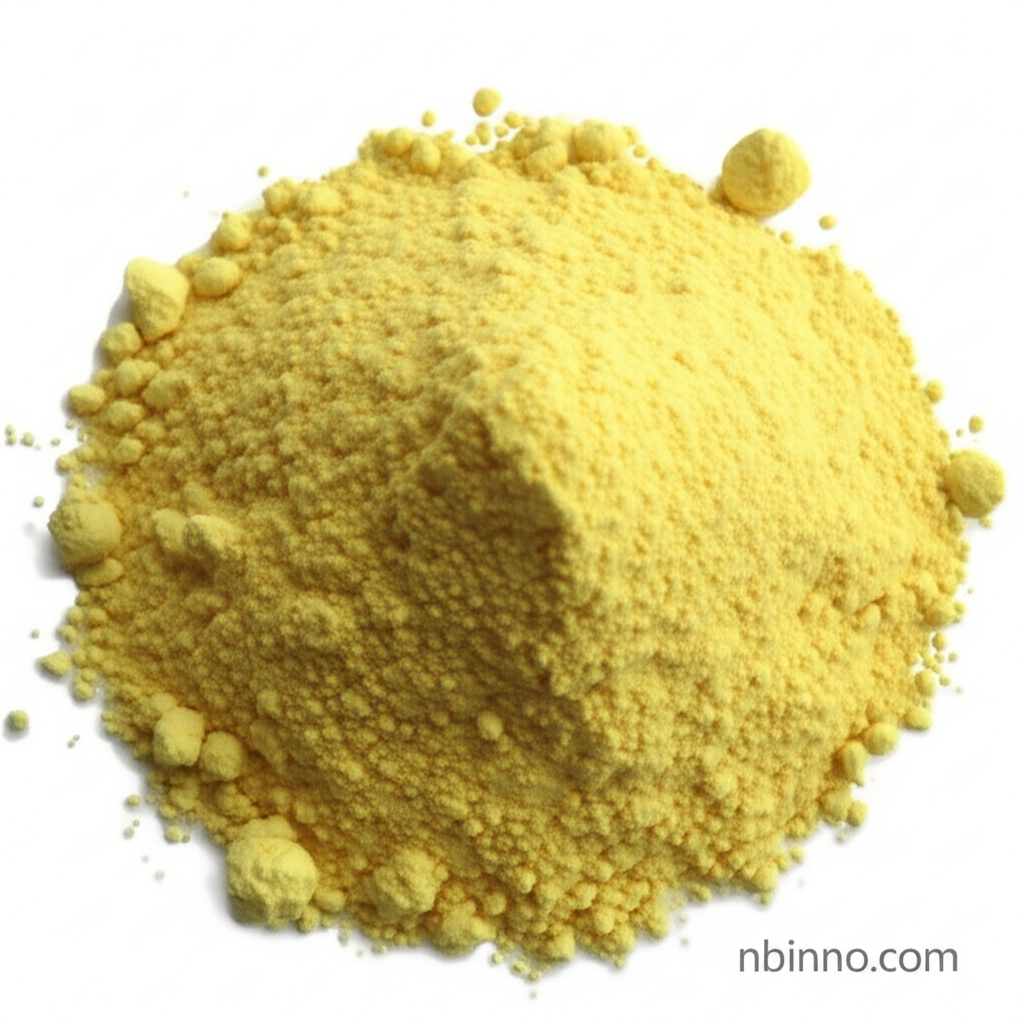Potassium Hexacyanocobaltate(III): Properties, Synthesis, and Applications in Catalysis
Discover the vital role of Potassium Hexacyanocobaltate(III) in advanced chemical synthesis and catalyst development.
Get a Quote & SampleProduct Core Value

Potassium Hexacyanocobaltate III
Potassium Hexacyanocobaltate III is a critical inorganic compound primarily utilized as a catalyst in diverse chemical processes. Its unique structure and properties make it indispensable for the synthesis of Double Metal Cyanide (DMC) complex catalysts, which are pivotal in many industrial applications. Beyond DMC production, it serves as a positive catalyst for esterification reactions and as a key ingredient in preparing cobalt-containing cyanogels and antimagnetic alloy plating materials.
- As a key precursor, Potassium Hexacyanocobaltate III is essential for the synthesis of advanced Double Metal Cyanide (DMC) catalysts, driving innovation in polymer production.
- This compound functions as a homogeneous catalyst, particularly noted for its role in esterification reactions, enhancing efficiency in chemical transformations.
- Its applications extend to being a raw material for cobalt-containing cyanogel and xerogel, showcasing its versatility in material science.
- The product is also utilized in antimagnetic alloy plating, highlighting its utility in specialized industrial sectors.
Key Advantages
Catalytic Efficiency
Potassium Hexacyanocobaltate III demonstrates significant catalytic efficiency, especially in esterification, making it a valuable component for optimizing chemical synthesis pathways and understanding Potassium Hexacyanocobaltate III applications.
DMC Synthesis Precursor
Its role as a precursor in the synthesis of DMC catalysts is paramount, contributing to the development of more effective and efficient catalytic systems for various industrial applications, including the study of Potassium Hexacyanocobaltate III catalyst performance.
Material Science Applications
Beyond catalysis, its utility in creating specialized materials like cobalt-containing cyanogels and in antimagnetic plating underscores its broad applicability and importance in advanced material development, reflecting diverse Potassium Hexacyanocobaltate III uses.
Key Applications
DMC Catalyst Production
This compound is a fundamental building block for Double Metal Cyanide (DMC) catalysts, which are critical in the production of polyether polyols and other advanced polymers. Exploring the Potassium Hexacyanocobaltate III synthesis is key to optimizing these processes.
Esterification Catalysis
As a homogeneous catalyst, it plays a significant role in esterification reactions, facilitating the efficient conversion of carboxylic acids and alcohols into esters, a common process in fine chemical manufacturing.
Specialty Material Synthesis
It serves as a crucial raw material for the synthesis of cobalt-containing cyanogels and xerogels, which have unique properties valuable in material science research and development.
Antimagnetic Alloy Plating
The compound finds application in the specialized field of antimagnetic alloy plating, contributing to the development of materials with specific magnetic resistance properties.
